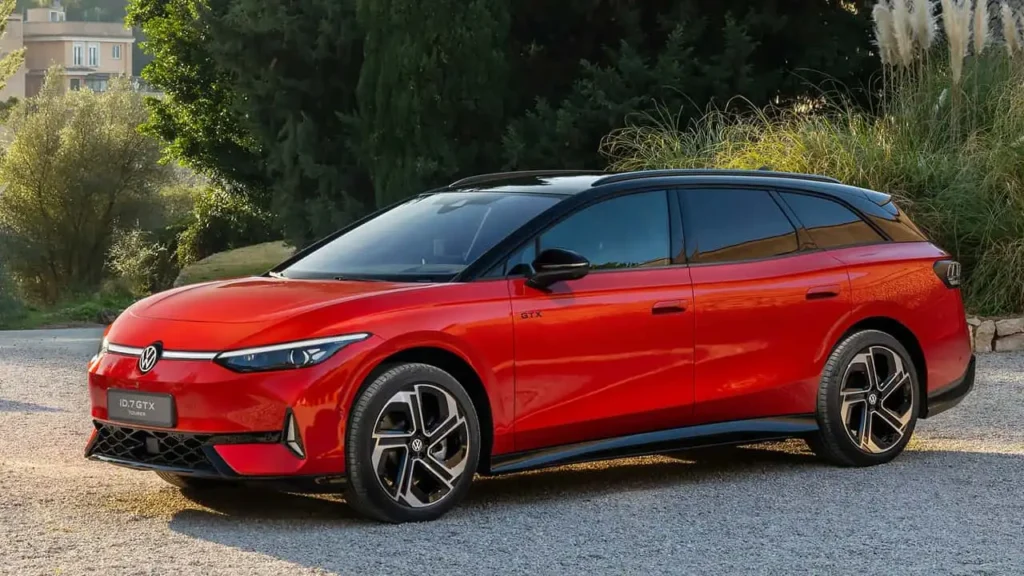
Volkswagen is doubling down on its electric vehicle (EV) strategy in 2025, aiming to boost sales while slashing costs to stay competitive in a rapidly evolving market. Despite a challenging 2024 marked by a 64% profit drop and a 12% sales decline in China, the German automaker has surged ahead, overtaking Tesla as Europe’s top EV seller with a 150% year-over-year registration increase. By prioritizing affordability and leveraging new platforms like the MEB Entry, Volkswagen seeks to make EVs accessible to a broader audience, positioning itself as a leader in the global shift to electrification. For those exploring 2025 Volkswagen electric vehicles for sale, this article dives into the company’s cost-cutting measures, EV lineup, market dynamics, and what it means for buyers.
Strategic Cost Cuts to Fuel EV Growth
Volkswagen’s push to sell more EVs hinges on aggressive cost reduction, driven by a shrinking European market and fierce competition from Chinese brands like BYD. The company projects annual European vehicle sales at 14 million, down 2 million from pre-pandemic levels, prompting a leaner approach. Chief Financial and Operating Officer Arno Antlitz emphasized a “one to two-year” window to transform the VW brand, with measures including a 10% salary reduction for German workers and potential closure of three factories, as reported in late 2024. These steps aim to free up capital for EV development while addressing a 500,000-unit sales shortfall.
The MEB Entry platform, designed for compact EVs like the ID.2all (priced at €25,000, or $27,000 USD), is central to this strategy, offering a 450 km (280-mile) range at a budget-friendly cost. By streamlining production and sourcing cheaper battery cells from partners like CATL, Volkswagen aims to undercut rivals like the Renault 5 E-Tech (€30,000). Additionally, the company has halted rail shipments from Mexico and delayed European imports to mitigate U.S. tariffs (25% on $460 billion in auto imports), redirecting savings to EV subsidies. X users, such as @AutoExpress, have noted VW’s “smart pivot” to affordability, though some criticize the tariff-related delays for disrupting U.S. deliveries.
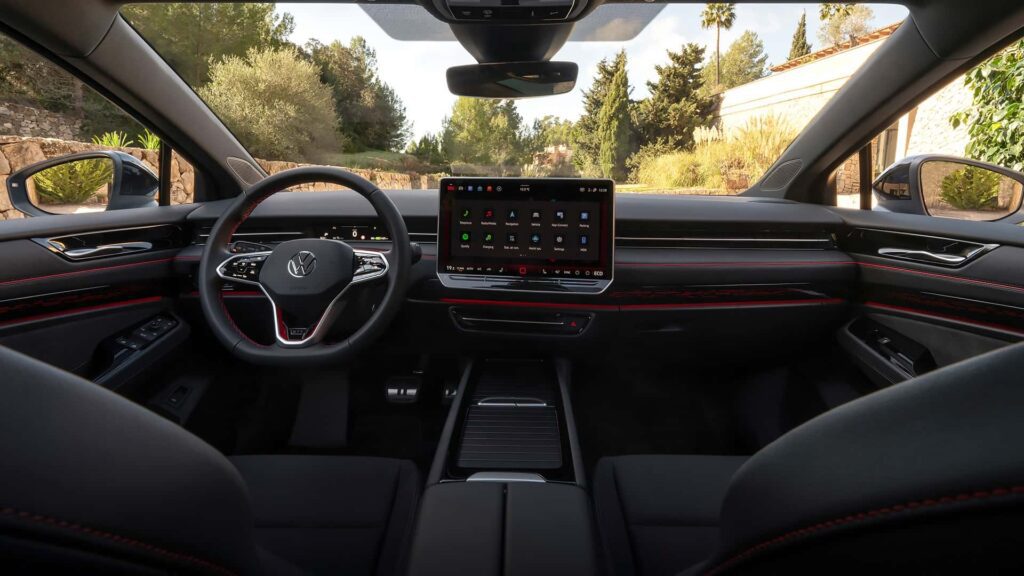
Expanded EV Lineup: Affordable and Premium Options
Volkswagen’s 2025 EV portfolio spans entry-level to premium models, building on the success of the ID.3 and ID.4, which drove its 150% registration surge in Europe. The ID.2all, expected in late 2025, targets young urban buyers with a 56 kWh battery and compact dimensions (4,050 mm long), rivaling the Honda e:Ny1. The ID. Buzz, a retro-inspired electric van, continues to gain traction, with a 600 km (373-mile) range and starting price of €60,000 ($65,000 USD). For performance enthusiasts, the ID. GTI concept, based on the ID.2all, promises 300 hp and a 0–100 km/h sprint in 5.5 seconds, set for 2026.
Premium offerings include the ID.7, a 700 km (435-mile) range sedan competing with the Tesla Model S, and the upcoming ID. Space Vizzion, a sleek wagon with Level 4 autonomous driving. All models leverage the MEB and upcoming SSP platforms, enhancing efficiency and reducing costs by 20% compared to 2024, per industry estimates. While the ID.3’s 420 km range and €35,000 price remain competitive, X posts like @MotorTrend’s highlight software glitches as a lingering issue, though 2025 updates aim to resolve these.
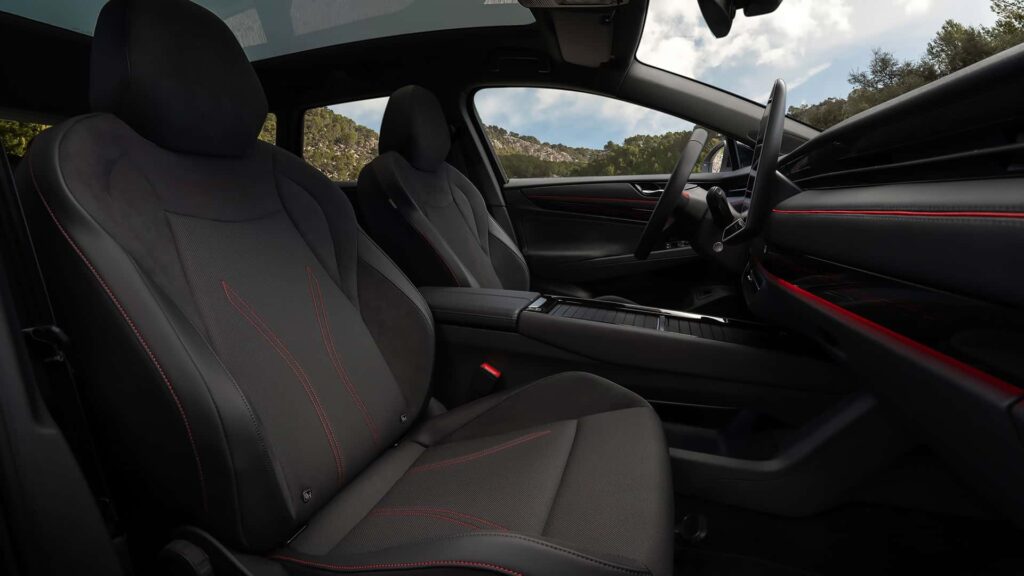
Performance and Technology: Balancing Efficiency and Innovation
The 2025 Volkswagen EVs emphasize efficiency without sacrificing performance. The ID.2all’s single-motor setup delivers 226 hp, with a 15 kWh/100 km consumption rate, achieving 59 MPGe, comparable to the MG4 Electric. Fast charging (125 kW) recovers 80% capacity in 20 minutes, addressing range anxiety, a concern for 40% of EV buyers, per J.D. Power. The ID.7 and ID. Buzz offer dual-motor AWD options, boosting power to 340 hp and enabling 0–100 km/h in 4.8 seconds, though their 2,000 kg weight impacts agility, as noted in X feedback.
Technology is a cornerstone, with all models featuring a 12.9-inch touchscreen, wireless Apple CarPlay, Android Auto, and over-the-air updates. The ID. Assistant, powered by ChatGPT, enhances voice control, while Level 2+ autonomous features like lane-centering and adaptive cruise control ensure safety, earning a projected 5-star Euro NCAP rating. However, Volkswagen’s shift to in-house software development, moving away from Cariad, has drawn scrutiny for delays, with X users like @ECarsReport questioning its readiness for 2026’s SSP platform rollout.
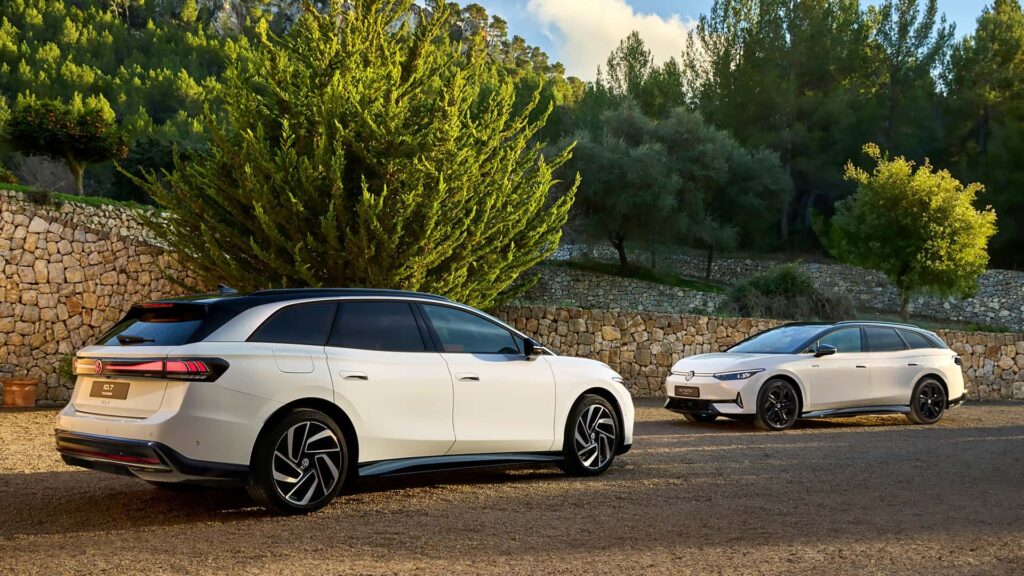
Market Dynamics and Challenges
Volkswagen’s EV surge comes amid a turbulent market. Its 2024 profit plunge (64%) and China sales drop (12%) exposed vulnerabilities, particularly against BYD’s low-cost EVs like the Seagull ($10,000). In Europe, VW’s 25% market share gives it an edge, but factory closures and 35,000 global job cuts, including Golf production moving to Mexico, have sparked outrage, with X posts calling it a “betrayal” of German workers. The company’s €2.5 billion dividend payout to shareholders, including the Porsche family, further fueled criticism for prioritizing profits over jobs.
U.S. tariffs and a 160.6 billion euro liquidity hit complicate VW’s global strategy, forcing price adjustments to maintain competitiveness. While the ID.2all’s €25,000 price undercuts the Tesla Model 2 (rumored at $30,000), Chinese brands’ aggressive expansion—BYD plans 100,000 European sales by 2026—threatens VW’s dominance. Volkswagen’s response includes a China-developed EV lineup, showcased at Auto Shanghai 2025, tailored for local tastes, though X sentiment questions its global applicability.
Pros and Cons: Is Volkswagen’s EV Strategy a Winner?
Pros:
- Affordable EVs: ID.2all at €25,000 makes electrification accessible.
- Strong Range: Up to 700 km in the ID.7, addressing range anxiety.
- Diverse Lineup: From compact ID.2all to premium ID. Space Vizzion.
- Market Leadership: 150% EV registration growth overtakes Tesla in Europe.
- Advanced Tech: ChatGPT-powered assistant and Level 2+ autonomy.
Cons:
- Cost-Cutting Fallout: Factory closures and job cuts spark backlash.
- Software Issues: Glitches persist in ID. models, per X feedback.
- Tariff Challenges: U.S. import delays raise costs, impacting affordability.
- China Competition: BYD’s low prices threaten market share.
- Heavy Vehicles: 2,000 kg weight reduces efficiency in premium models.
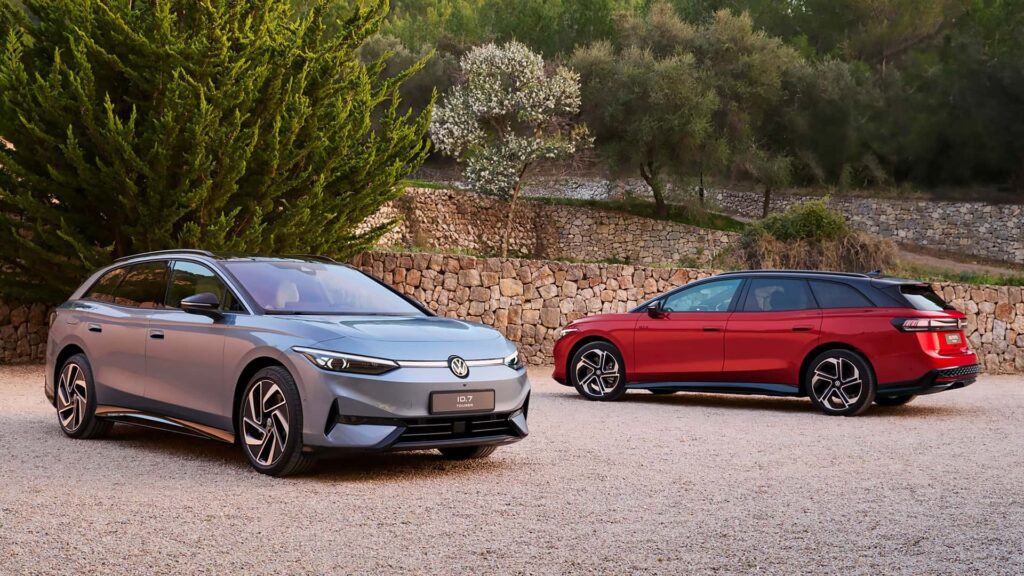
Critical Examination: A Bold but Risky Pivot
Volkswagen’s 2025 strategy—spending less to sell more EVs—is a high-stakes gamble to reclaim market leadership. The MEB Entry platform and ID.2all’s €25,000 price point address affordability, capitalizing on Europe’s 150% EV registration surge. However, factory closures and job cuts risk alienating workers and consumers, while tariff-related import halts disrupt U.S. sales, potentially ceding ground to Rivian and Tesla. The China-developed EV lineup shows adaptability, but its relevance outside Asia is questionable, as X users note.
Software reliability remains a weak link, with Cariad’s struggles delaying SSP platform benefits. Against BYD’s cost advantage and Tesla’s brand loyalty, VW’s success hinges on flawless execution and consumer trust, especially in Europe, where its 25% share is both strength and liability. The 64% profit drop and €2.5 billion dividend payout raise questions about long-term financial health, suggesting cost cuts may prioritize short-term gains over sustainable growth.
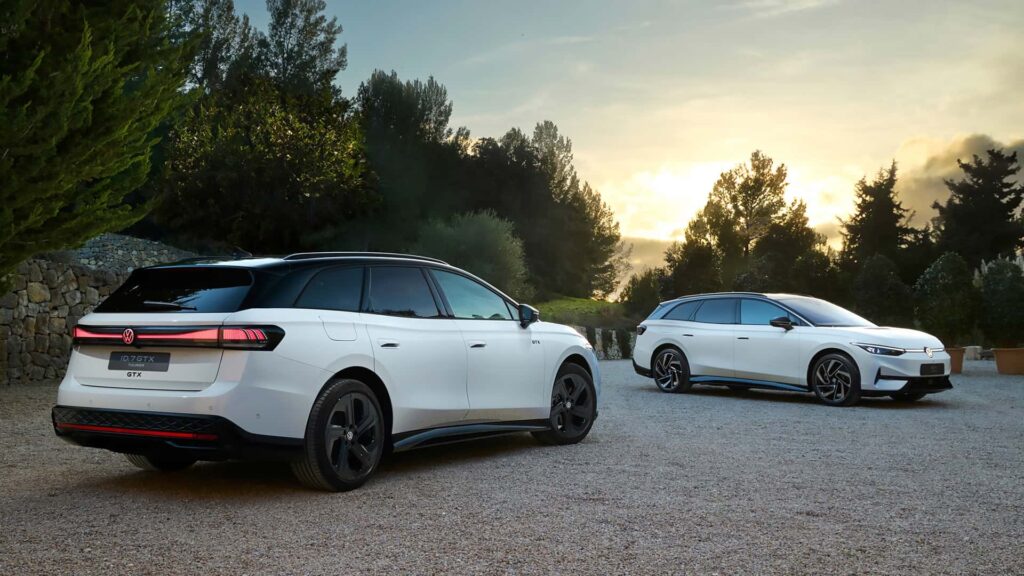
Our Verdict: Volkswagen’s EV Future Shines Bright
The 2025 Volkswagen EV lineup, led by the affordable ID.2all and versatile ID.7, positions the brand as a leader in Europe’s electric revolution, despite 2024’s financial setbacks. Cost cuts and platforms like MEB Entry ensure competitive pricing, but software fixes and tariff navigation are critical for success. For those seeking 2025 Volkswagen electric vehicles for sale, expect deliveries starting late 2025, with prices from €25,000. Visit volkswagen.com or contact dealers for updates, and follow #VWElectric on X for the latest buzz.
Volkswagen’s bold pivot proves it can spend less and sell more, but only if it balances affordability with quality in a fiercely competitive EV landscape.







